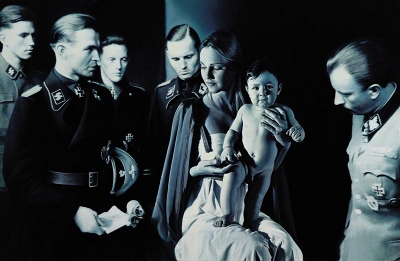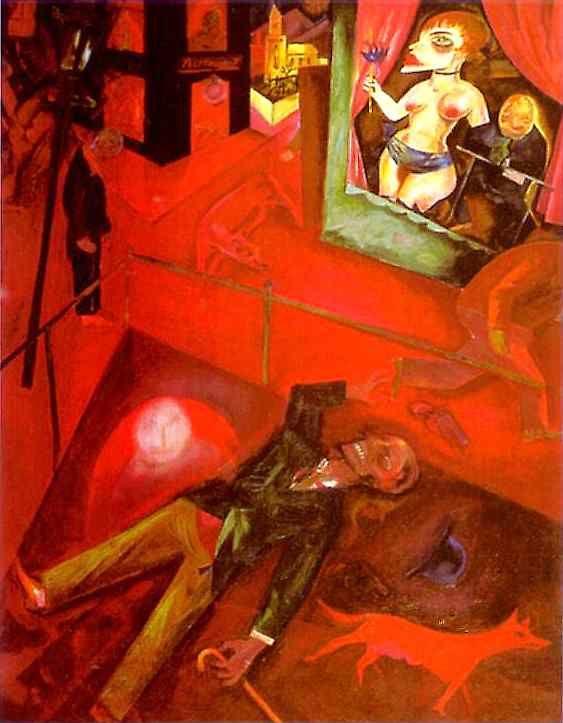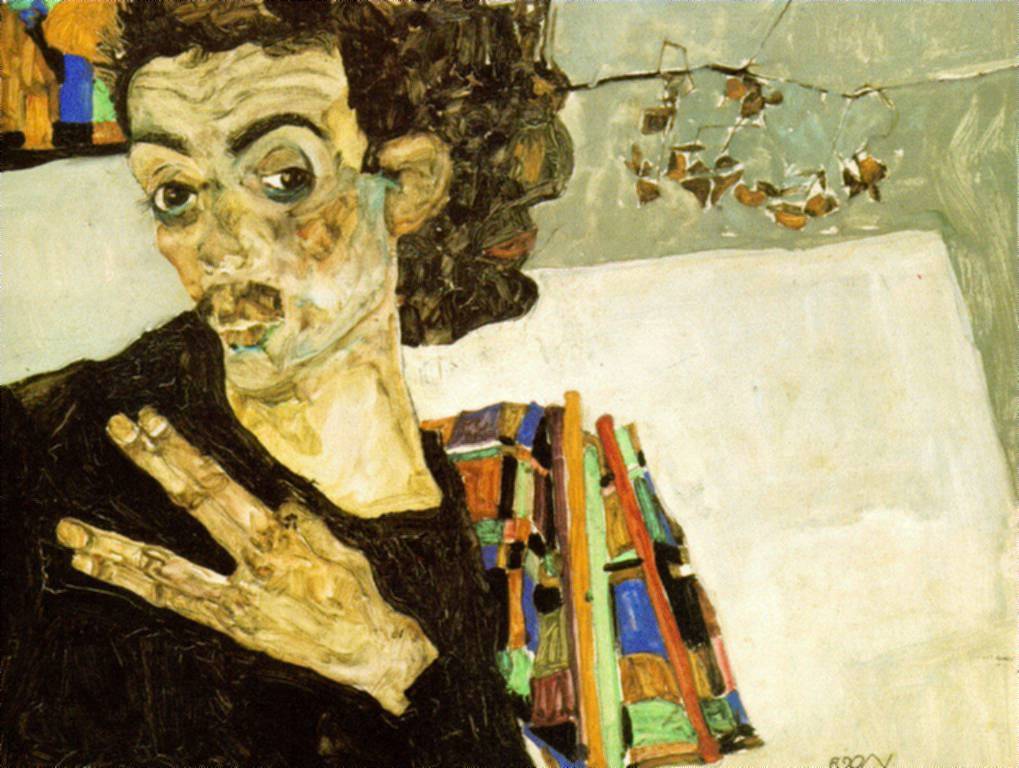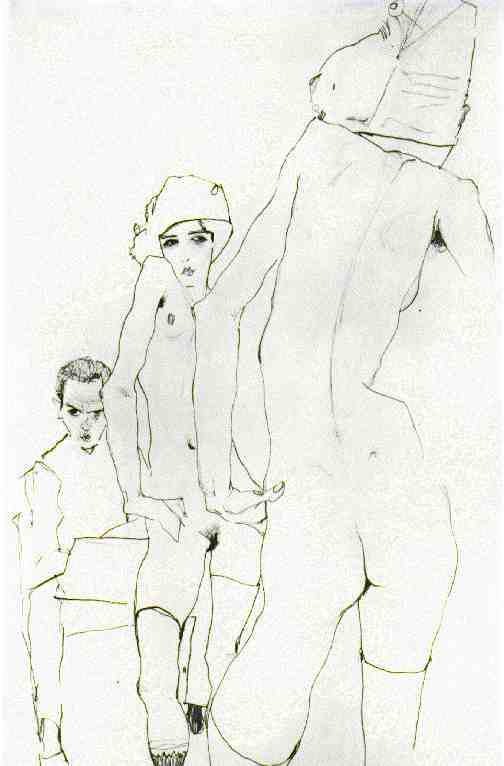For this last post I will compare and contrast all of the artists that I have studied in this blog.
Egon Schiele was controversial for his erotic depictions, similar to how Leni Riefenstahl was controversial for the propaganda in some of her films. Many of the artists had some connection to the Nazi regime, even Gottfried Helnwein, who did "Epiphany I (Adoration of the Magi)". Some artists, like Riefenstahl, respected the Nazis, while others, like George Grosz, hated them more than anything. Then there were those, like Helnwein, who had the philosophy that while many viewed them as evil, others saw them as heroes. It all depends on perspective.
But what draws all these artists together is how they all fell into the category of expressionism. Otto Dix and George Grosz both drew bizarre caricatures and had similar views on the German war. Gottfried Helnwein also expressed with disturbing images and Daniel Richter showed a similar attitude with his own eerie style. There was Leni Riefenstahl who gave her views and experiences through film and photography. Then there was Egon Schiele who expressed his troubled life and childlike curiosity. Joseph Beuys made many eccentric pieces, primarily sculptures, and Neo Rauch expressed his feelings of the crossing between timelines and dimensions with surreal narratives.
They each had their own specific styles, which set them all as different. Each artist is defined by their work...
http://www.mess.net/galleria/dix/1922beauty.jpg
http://www.puzdro.pl/obrazki/54.jpg
http://ishallchangered.files.wordpress.com/2009/08/egon-schiele-nu-assis-1910.jpg
http://contemporaryartsem.files.wordpress.com/2008/12/daniel-richter-jawohl.jpg
http://scrapbook.citizen-citizen.com/photos/uncategorized/josephbeuys_2.jpg
http://www.helnwein.com/stc/ghpicts/gh1729.jpg
http://www.abcgallery.com/G/grosz/grosz10.JPG
https://blogger.googleusercontent.com/img/b/R29vZ2xl/AVvXsEg2tiCSnSNbyurfRO8fN2Jaki6BtRlYR5OALMExNfAHzrAIKh1LYK9rUNbjfpLvzb9qca9BkKB68oTxmXnYuGDBqJw8C7SoBGeT5GY0J6aIHPQCi9HTC_fgmXGoIYuxyltD9x95NEGCsw/s400/leni-riefenstahl3.jpg
All in all, they are all brilliant artists each in their own unique ways. Their work sets each other apart as well as unites them as one. Expressionism is an art form that goes deep into the soul, that delves into the human condition, into our very characters. And in the end, it sets a fine definition for the world of art.

 Gottfried Helnwein, "Beautiful Victim", watercolor, 1974
Gottfried Helnwein, "Beautiful Victim", watercolor, 1974 Gottfried Helnwein, "Epiphany I (Adoration of the Magi)", mixed media on canvas, 1996
Gottfried Helnwein, "Epiphany I (Adoration of the Magi)", mixed media on canvas, 1996
 "
"




 Joseph Beuys, Table III Chest, 1953,
Joseph Beuys, Table III Chest, 1953,  Joseph Beuys, Lamp, 1960,
Joseph Beuys, Lamp, 1960,  Joseph Beuys, kunst = kapital, 1981,
Joseph Beuys, kunst = kapital, 1981,  Joseph Beuys, Olivestone (Prototype), 1984, Sale Date: Feb 7, 2007
Joseph Beuys, Olivestone (Prototype), 1984, Sale Date: Feb 7, 2007












